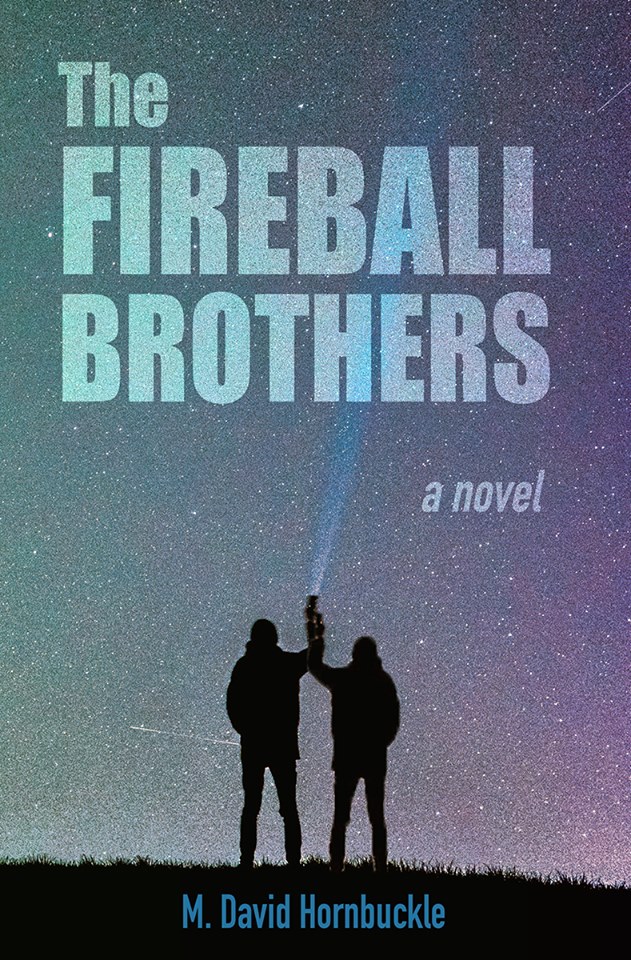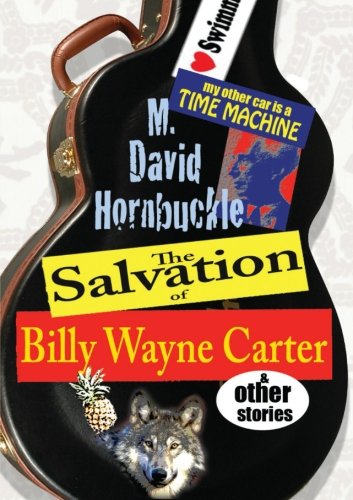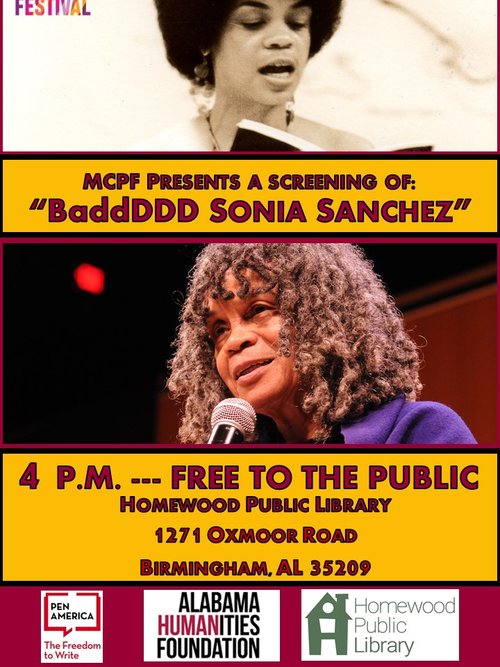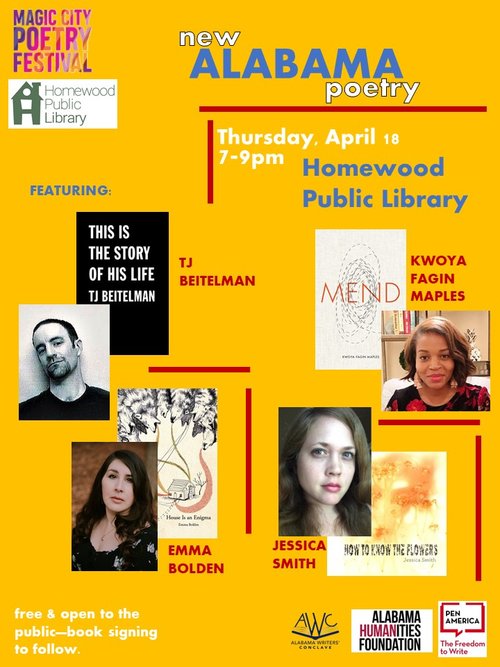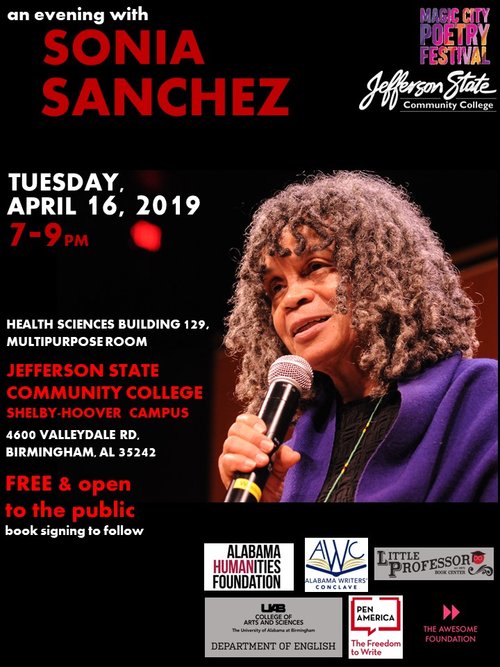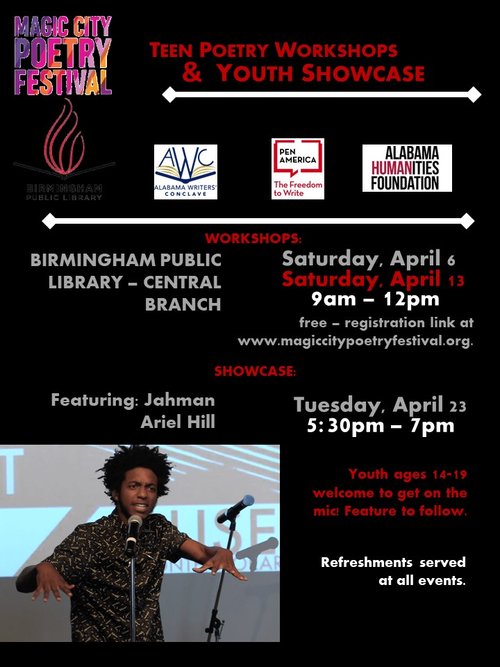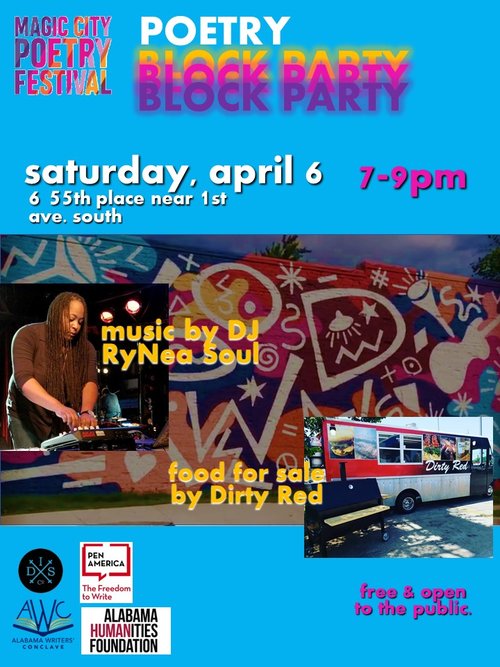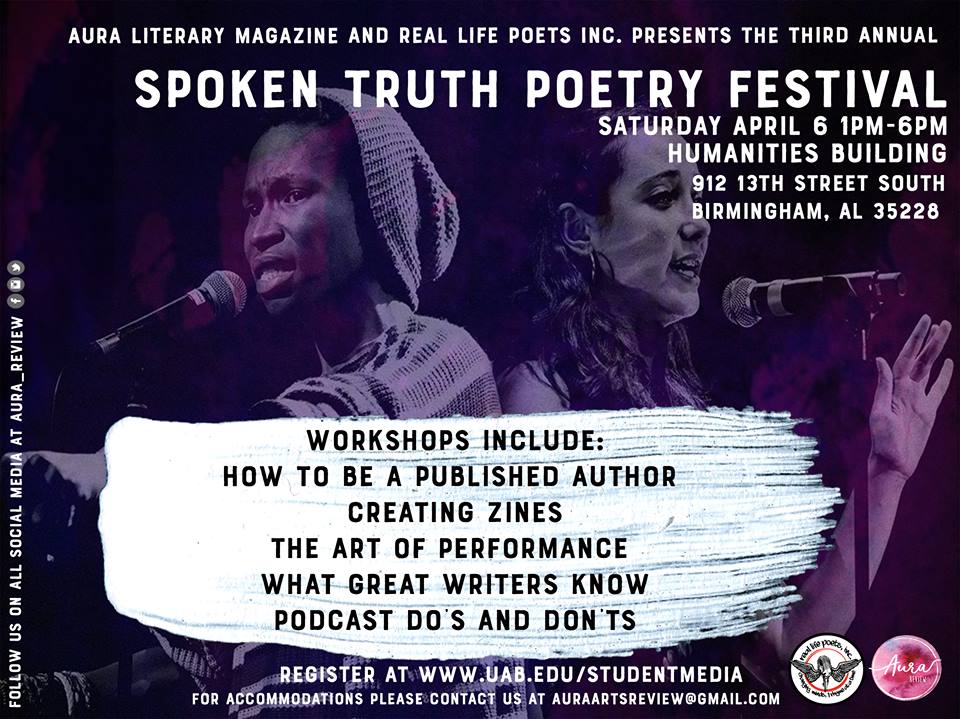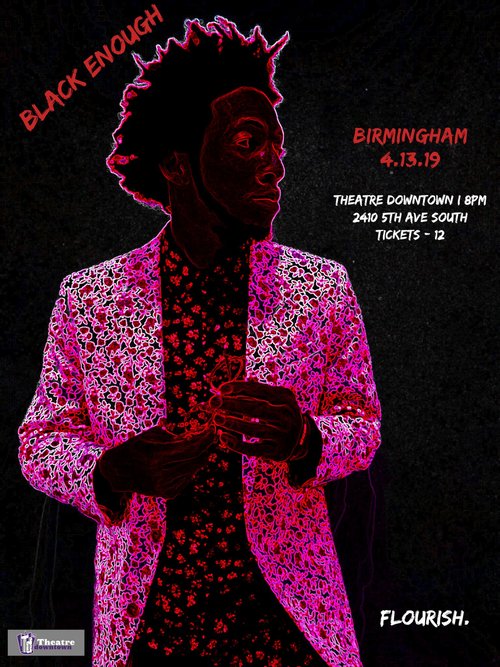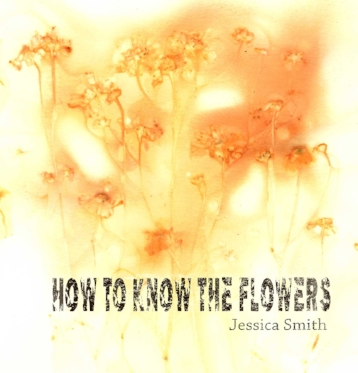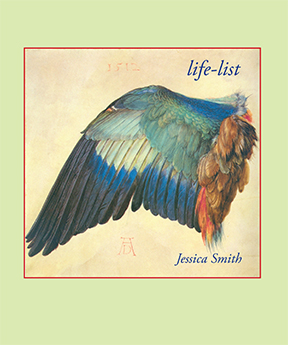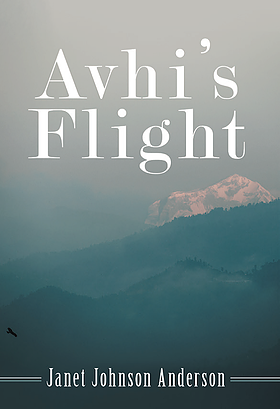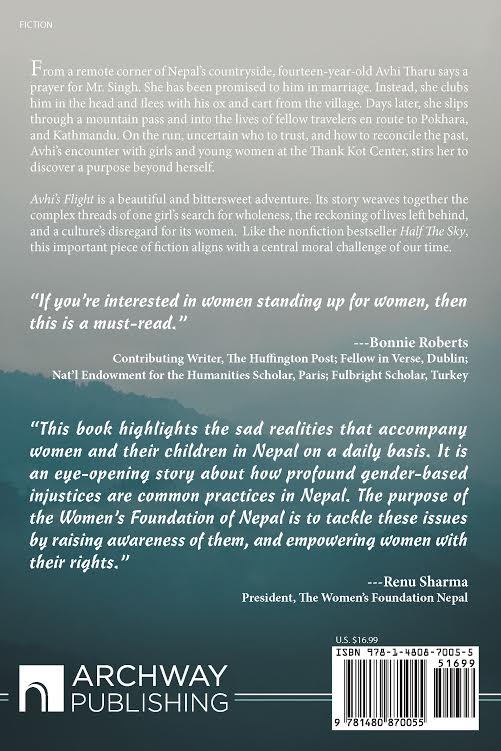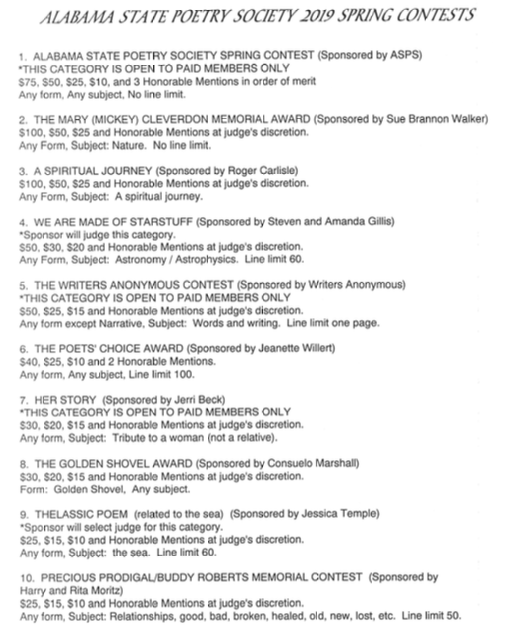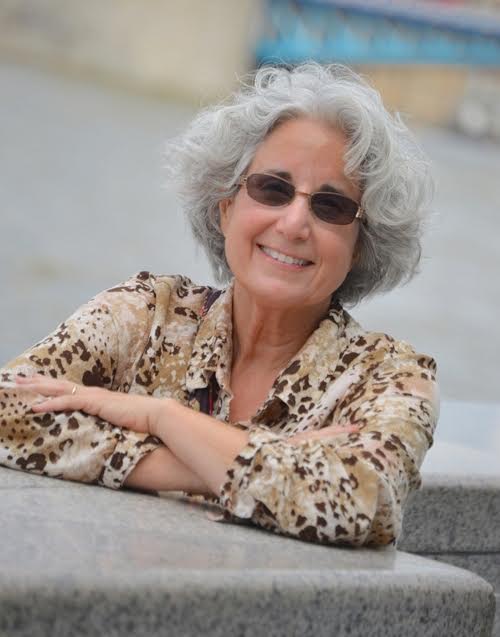A new series in which every month brings ten articles by notable writers with tips on craft, style, and trade.
This month we will focus on how to improve your fiction — whether through revision, diction, narrative arc, or language. Our gratitude to the incredible literary journals where these pieces were originally published, including The Millions, The Smart Set, Open Letters Monthly, 3 A.M. Magazine, Asian-American Writer’s Workshop, Necessary Fiction, The Short Form, The Paris Review, The Guardian, and Writer’s Digest.
1. Kelly Cherry on diction.
Another of the things you can do that will energize your story or poem is to pay attention to your diction. Diction simply means the words you choose. You don’t want to pull up some ridiculously outdated or seldom-encountered peculiar word, but there are heaps and heaps of synonyms for almost everything. Pick a word that suits the rhythm, that is a surprise but not so far off course that no one knows what it means, that harmonizes with the other words in your story or poem. All the times I’ve told you that if you do this or that, readers with run away? Well, choose the right word and those readers will hang on your skirts (or jeans) as if they were your own children. And in a way they are, for they are enthralled by what you have to say in those words that are like dessert. Your readers’ eyes grow wide, your readers lean in to hear you better, and, word by word, the story writes itself.
No, I’m not taking back anything I’ve said about how much work goes into a story or poem. For the most part, you must write the piece. But there will be times when you feel as if a muse is putting words in your mouth. Sometimes you’ll begin writing from a voice you have not consciously selected. That’s okay. Follow that voice. In fact, there will be times when you will feel you no longer exist. And that’s the best reason of all for writing. That’s the mysterious part, the part that takes care of itself. We might also call it the subconscious.
Image source: The Flying Comma
2. Edan Lepucki on broadening the narrative arc in short fiction.
In my classes, I love to teach John Gardner’s“foreplay paragraph,” which is what he calls a paragraph that precedes a big reveal–like that of a dead body. In this kind of paragraph, the writer has to signal to the reader that something big is up ahead, while still making the prose good enough that the reader won’t want to skip over it. In this exercise, Gardener is tipping his hat to the way language itself evolves in a narrative: to signal, reflect or incite change. Next time you’re writing, consider if your piece records any kind of aesthetic change. Does the language start lyrical and move toward something more minimal? Does the voice go from barbed to vulnerable and back again? If you want, you can isolate a paragraph, and consider how it moves, how it affects the reader, how it reveals character, setting or conflict, as it progresses. Sometimes arc is best understood when considered on the smallest level.
3. Gary Lutz on how to increase sentence acoustics and establish “the poetry of the paragraph.”
Unobtrusive assonance is one of the ways in which a writer can unite the words of a sentence so that the relations between words are not simply grammatical and syntactical but also acoustical as well. Furthermore, when a writer is searching for a word to fill a vacant slot in a sentence, the writer can look to the other prominent words in the sentence, examine their sonic disposition, and borrow something of their sound: this can lead the writer to a word that might not otherwise occur to him or her.
4. Matt Salesses offers more than 57 “moves in contemporary flash fiction,” including these:
50. Negative desire
51. Ending evoking beginning and middle
(“For sale. Baby shoes. Never worn.” — Hemingway)
52. Information/backstory given in only one line of the story
53. Character becomes circumstance
(See “For the Birds,” by Mark Budman, in which a characters starts to feel like the bird stuck in her wall.)
54. Pushy secondary characters who force action from primary characters
55. Symbolic white space
(For example, the space break in Hempel’s “San Francisco” as a spacial representation of an earthquake)
5. Kelly Cherry’s instructions on how to “revise until you drop.”
When you revise, you subject yourself to new understandings of what you are writing. You are, remember, creating a world, whether it is an enormous world or a very small one, a midget. You want to be able to see it as clearly as you see Venus in the early evening sky. Proportion, information, dialogue, description, narrative, sentences, lines, words — all these are foundational to your work.
If you were to change your first-person piece to second- or third-person, would it work better? If you were to change the past tense to the present tense or even the future tense (I have a future-tense story titled Her Life to Come; poet Billy Collins christened it “the prophetic imperative”), would it work better?
If you were to write it from a dog’s point of view — a suggestion from Antonya Nelson, novelist and short-story writer — would it work better? (In fact, it is not all that unusual to write from a dog’s point of view. Dogs are smart, feelingful, and observant of humans.)
6. Robert Kloss and various other writers spill their revision secrets.
My writing process doesn’t really make a distinction between “writing” and “revision.” To me, revision is writing and writing is revision. I tend to begin any work with longhand sketches of paragraphs, almost a semi-outline of interesting events and observations and phrases that should take place, and when I type those sketches into the computer I also expand them, flesh them out, and hopefully improve the writing. And while that process continues I also print out the pages to that point. And I carry those printed pages with my notebooks and pens, and to those printed pages I continue to add and cut and improve the prose, and when I type new sketches into the machine I also input my changes to the typed manuscript. So the finishing of one draft is really the culmination of five or six overlapping stages of composition and revision. And the morning after one “draft” is finished I begin the second “draft” by printing out the first and, again, carrying around the pages with notepads and pens, adding and changing and sketching new paragraphs. After a certain point there are fewer paragraphs needed to add, fewer that need crossing out, and something like a story or a novel rounds into shape. Somewhere in this process there is typically some period of research, and I tend to sit with my heaps of pages and pens and notepads with books opened before me, jotting more notes, developing more paragraphs. I have recently begun experimenting with stopping work after each draft, as is recommended by many. I can see some benefits to this — for one, it allows the subconscious to work out problems, to come up with new inventions, to heal from the constant trauma. But there is something also to be said for the feverish momentum of the continuous process.
Image source: The Paris Review and Peter Mendelsund
7. Peter Mendelsund on what we see when we read.
Literary characters are physically vague — they have only a few features, and these features hardly seem to matter — or, rather, these features matter only in that they help to refine a character’s meaning. Character description is a kind of circumscription. A character’s features help to delineate their boundaries — but these features don’t help us truly picture a person.
* * *
It is precisely what the text does not elucidate that becomes an invitation to our imaginations. So I ask myself: Is it that we imagine the most, or the most vividly, when an author is at his most elliptical or withholding?
(In music, notes and chords define ideas, but so do rests.)
8. George Saunders on “revising up” your reader.
We often think that the empathetic function in fiction is accomplished via the writer’s relation to his characters, but it’s also accomplished via the writer’s relation to his reader. You make a rarefied place (rarefied in language, in form; perfected in many inarticulable beauties — the way two scenes abut; a certain formal device that self-escalates; the perfect place at which a chapter cuts off); and then welcome the reader in. She can’t believe that you believe in her that much; that you are so confident that the subtle nuances of the place will speak to her; she is flattered. And they do speak to her. This mode of revision, then, is ultimately about imagining that your reader is as humane, bright, witty, experienced and well intentioned as you, and that, to communicate intimately with her, you have to maintain the state, through revision, of generously imagining her. You revise your reader up, in your imagination, with every pass. You keep saying to yourself: “No, she’s smarter than that. Don’t dishonour her with that lazy prose or that easy notion.”
And in revising your reader up, you revise yourself up too.
9. Gary Lutz’s classic essay on how syngery between words in a sentence keeps the mind engaged.
Once the words begin to settle into their circumstance in a sentence and decide to make the most of their predicament, they look around and take notice of their neighbors. They seek out affinities, they adapt to each other, they begin to make adjustments in their appearance to try to blend in with each other better and enhance any resemblance. Pretty soon in the writer’s eyes the words in the sentence are all vibrating and destabilizing themselves: no longer solid and immutable, they start to flutter this way and that in playful receptivity, taking into themselves parts of neighboring words, or shedding parts of themselves into the gutter of the page or screen; and in this process of intimate mutation and transformation, the words swap alphabetary vitals and viscera, tiny bits and dabs of their languagey inner and outer natures; the words intermingle and blend and smear and recompose themselves. They begin to take on a similar typographical physique. The phrasing now feels literally all of a piece. The lonely space of the sentence feels colonized. There’s a sumptuousness, a roundedness, a dimensionality to what has emerged. The sentence feels filled in from end to end; there are no vacant segments along its length, no pockets of unperforming or underperforming verbal matter. The words of the sentence have in fact formed a united community.
10. Adrienne Crezo on why you should write the unlikable character.
…….a character who sets himself up for conflict and consequences through the dastardliness of his doing — is surely unlikable, yes, but also magnetic. You want to watch him ruin his life. He repulses you in the same way a car accident is simultaneously disturbing and hard to look away from. This character is a train wreck, and it is glorious to behold. Every time he does something unwholesome, immoral, felonious or just, like, super-rude, he creates a conflict. The anticipation and delivery of that consequence is deeply satisfying for a reader, and by their very nature, not-nice characters create these conflicts almost constantly. In the words of Oscar Wilde, “The suspense is terrible; I hope it will last.”









